Shimane prefecture is famous for its historical importance in Japan.
The prefecture has two of the most significant cities in the history of Japan. Izumo and Matsue.
I’d like to share the trip to the divine places of historical significance with tea.
Izumo region
Izumo is described as “The land of Gods”, “Shinkoku is the sacred name of Japan – Shinkoku, ‘The Country of the Gods’; and of all Shinkoku the most holy ground is the land of Izumo”” in the book “Glimpses of Ufamiliar Japan” written by Lafcadio Hearn more than 100 years ago.
Izumo is famous for the most ancient Shinto shrine “Izumo Taisha Grand Shrine” , where myriad gods gather to hold meeting from around Japan on October 10th in the lunar calendar.
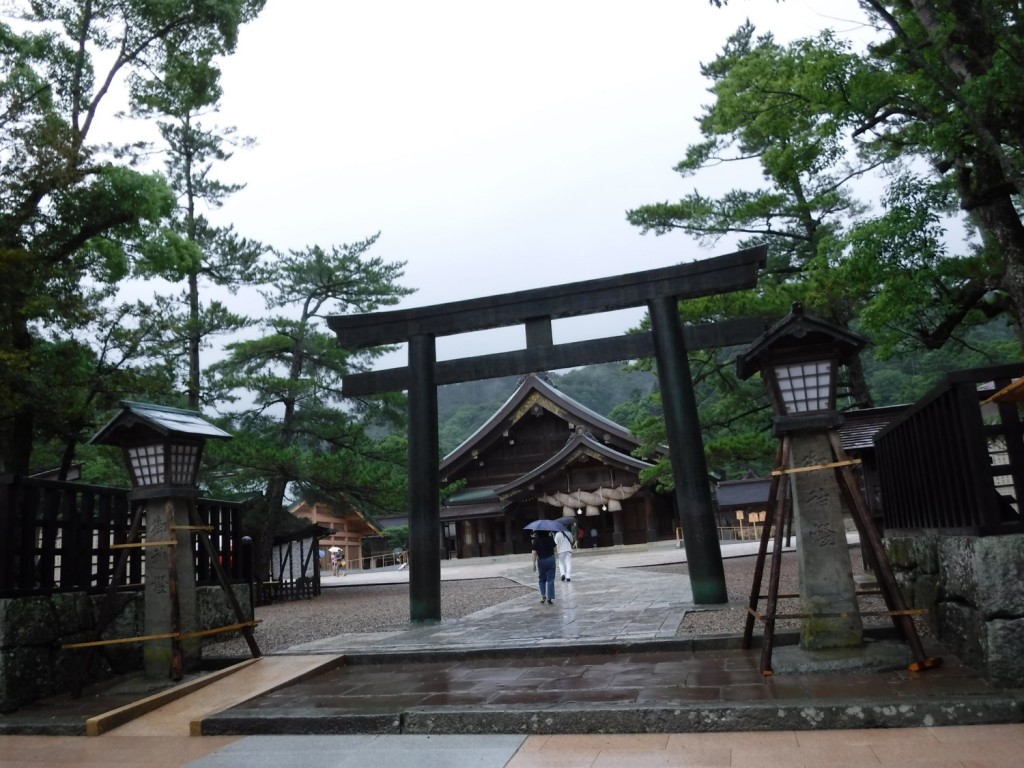
Inasa-no-hama beach is considered to be the entrance for the myriad gods when they visit Izumo Taisha Grand Shrine, according to the explanation by Shimane prefecture.
I offered Japanese tea to the small shrine on the rocky island in the beach, so-called “Bentenjima” island.
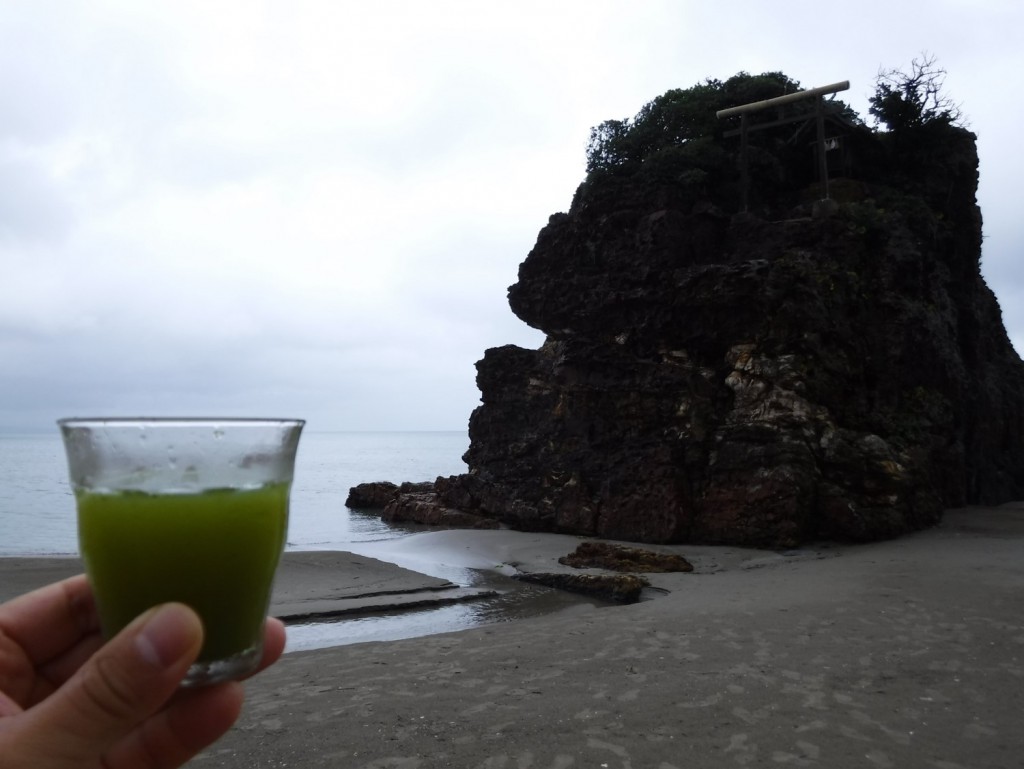 Around the rocky island, I can enjoy looking fishes due to the wealth of nature.
Around the rocky island, I can enjoy looking fishes due to the wealth of nature.
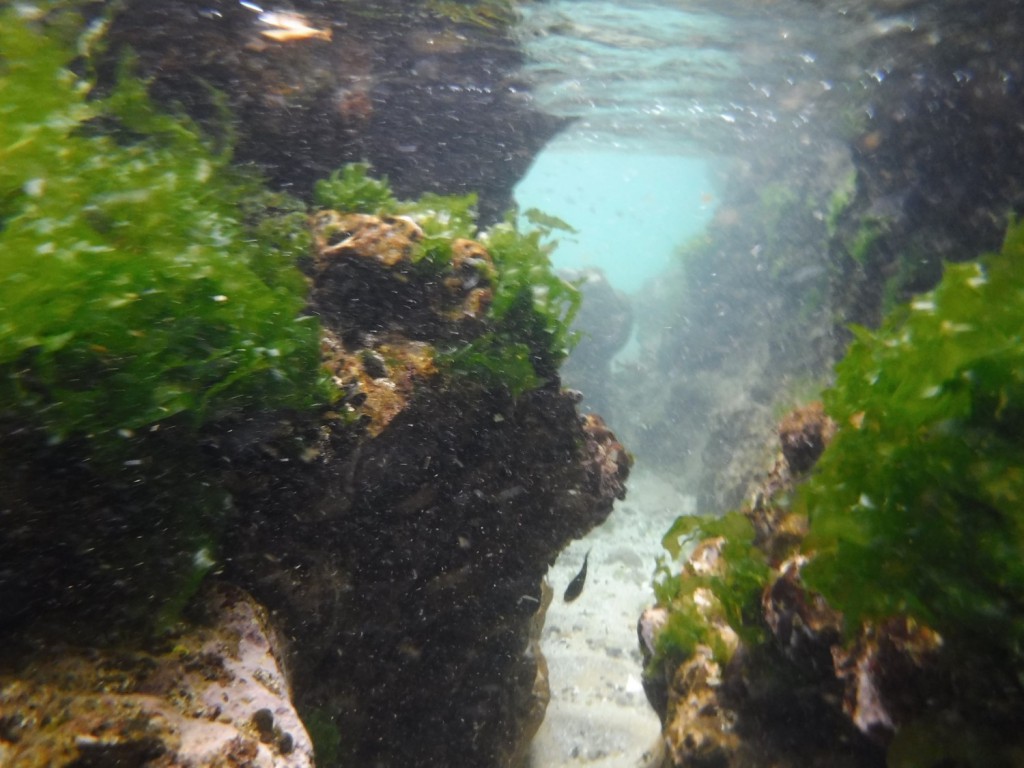
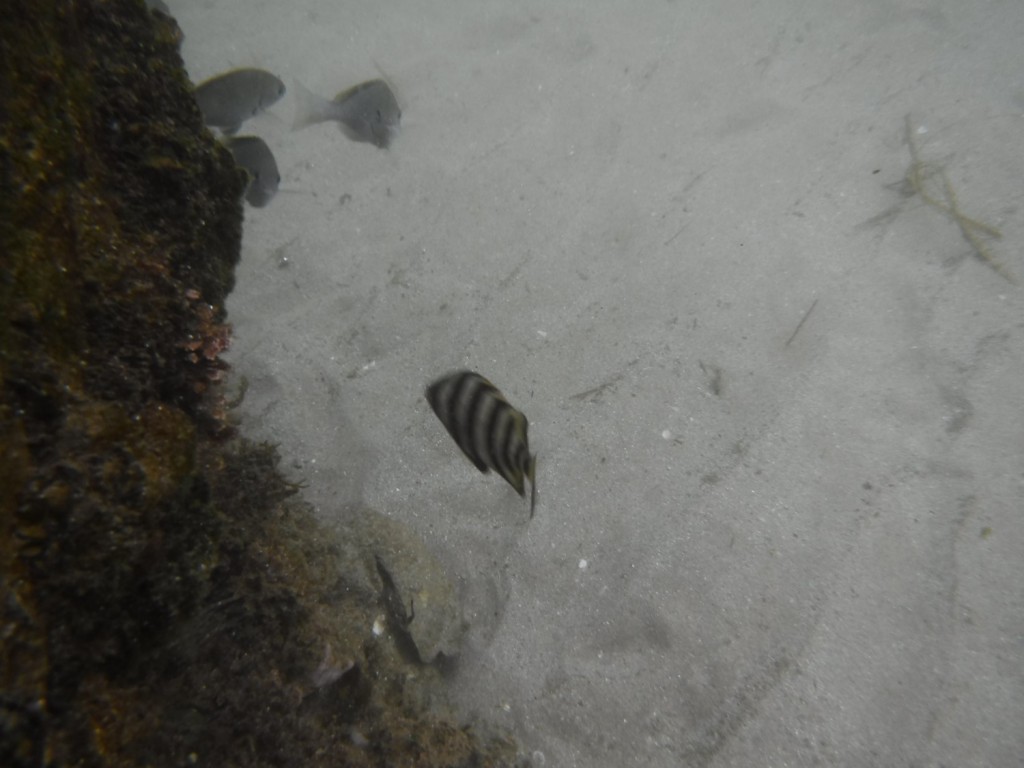
Matsue city
Matsue city, the capital of Shimane prefecture, has two great persons in the history of Japan, I think. The first one is Load Fumai, who contributed tea culture getting familiar to citizens. The second one is Lafcadio Hearn, called as Yakumo KOIZUMI in Japanese, who introduce various aspects of Japan to Europe, such as ordinary lives of citizens in rural area, local cultures or local folktales etc.
The mind of Load Fumai still remains in Meimei-an
Meimei-an is the house for tea ceremony, established by Load “Fumai”. In the house, Load Fumai and his companions hold tea ceremonies.
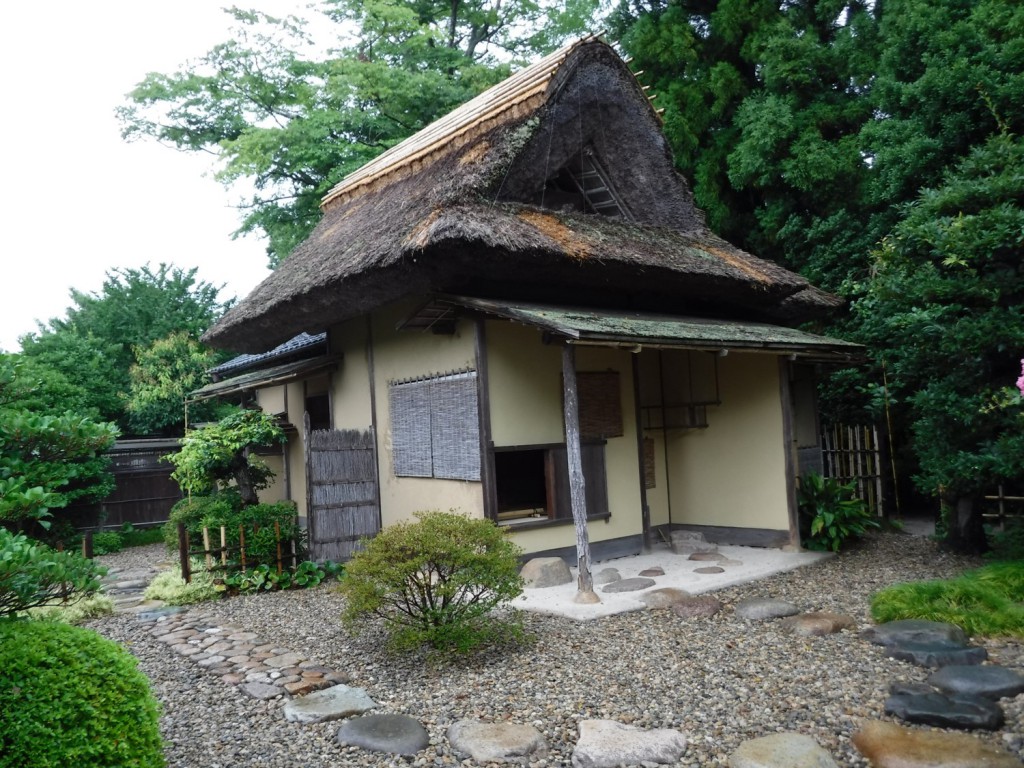
Short sentences “Chaso” – the wisdom or faith of Load Fumai for tea ceremonies – is written on the scroll inside of Meimei-an.
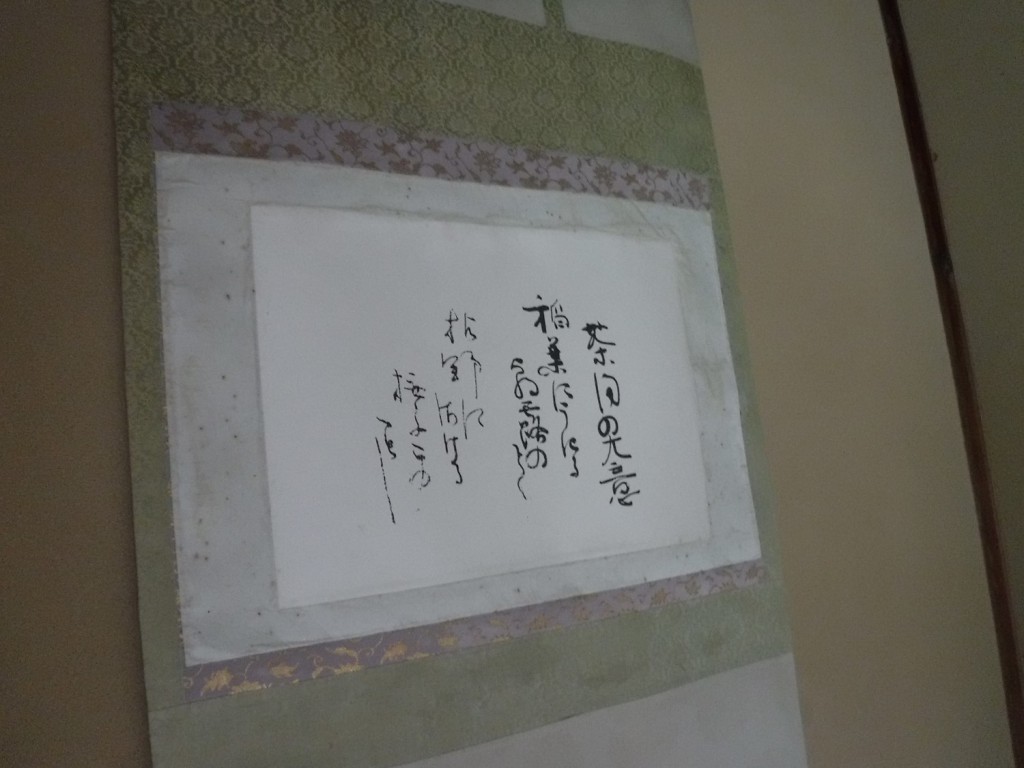
“Chaso” – wisdom of Load Fumai for tea ceremonies wiritten on the scroll inside Meimei-an.
“Like a dew on a leaf of rice on early morning, Like dianthus bloomed on a wild plain, Cha-no-yu (tea ceremony) should be.”
How elegant his faith!! Modest and smart his mind is!
In addition to this sentence, his wills are expressed in the sentences.
“In tea ceremonies, the host should deem failures of guests as own failures and should serve teas with the best hospitality if they were in guests’ shoes, and vice versa.”
His mind places great significance on the equality among people in tea ceremonies. This aspect of his mind appears on “Bote-bote” tea.
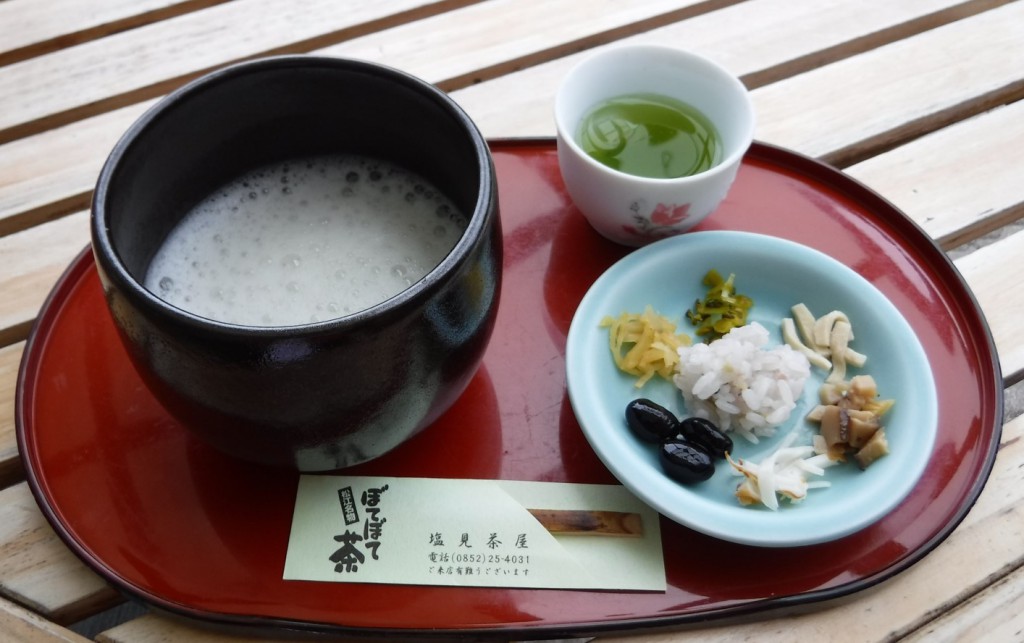
As mentioned previously, this type of tea is established by Load Fumai for general people to enjoy tea at lower cost like matcha in a tea ceremony.
Due to the mind, Load Fumai is familiar to Matsue citizens even up to the present time.
The confections he loved are still now sold in Matsue city.
In the museum of Myoumyou-an, we can enjoy the confections with matcha, seeing the garden of Myoumyou-an.
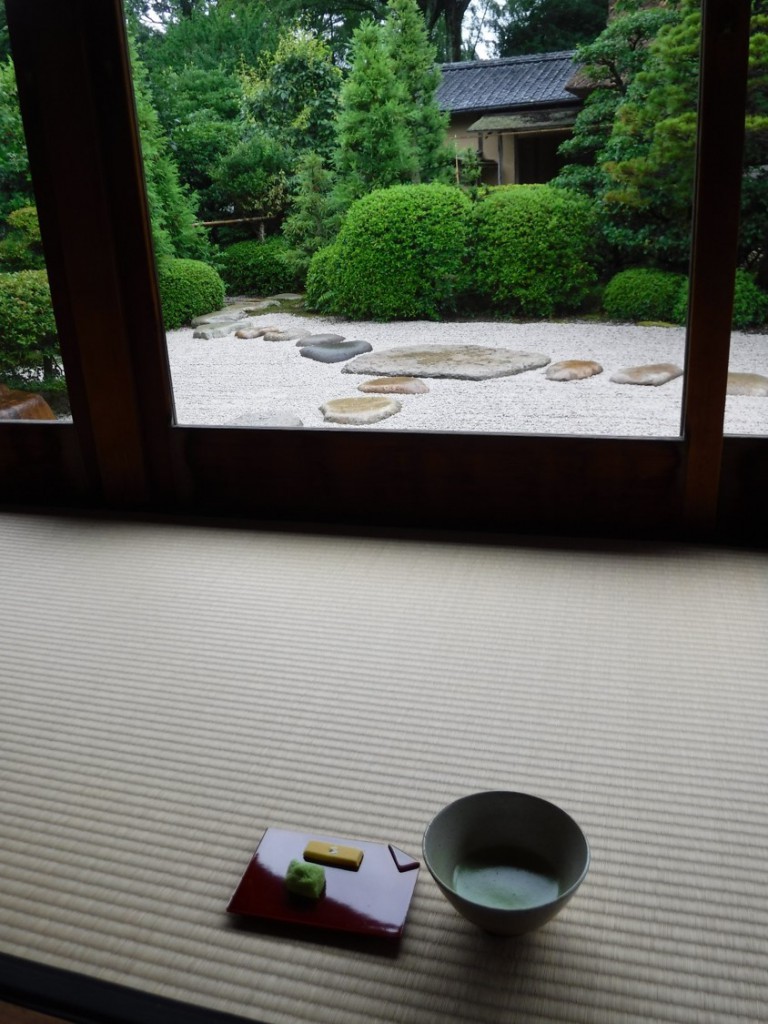
Many shops in Matsue city sells these traditional confections loved by Load Fumai.
Matsue city is famous as one of the big three of “Wagashi” (Japanese confection) consumption in Japan.
We can see the hospitality of Load Fumai in the garden.
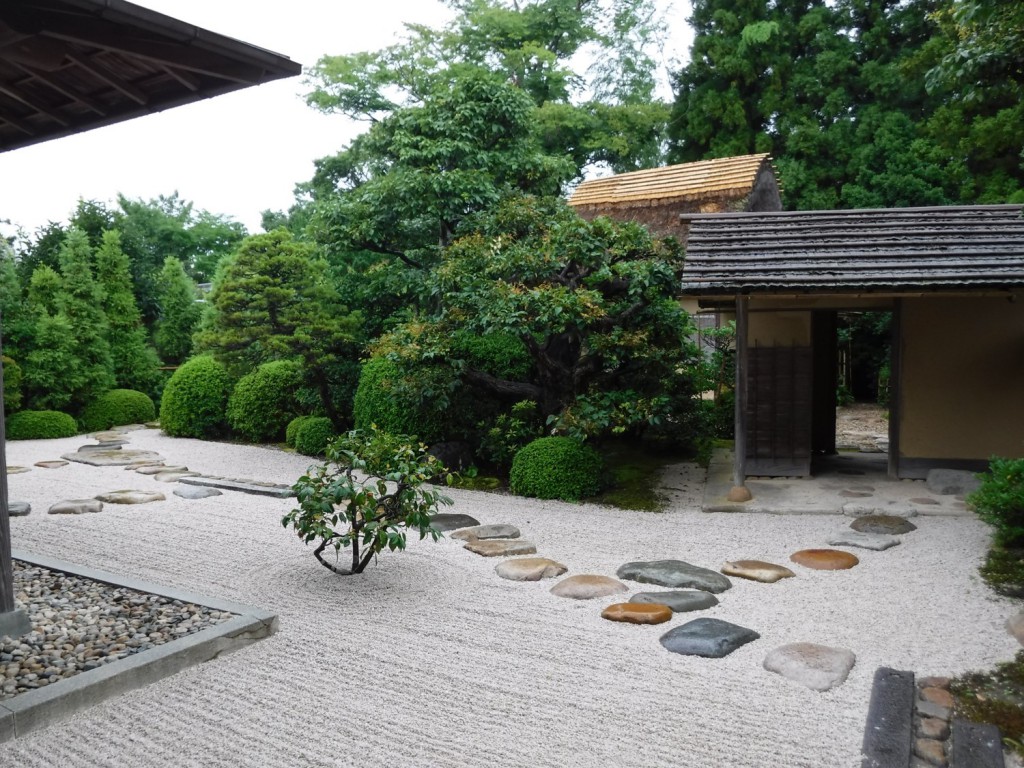
The height of stepping stones, which are called as “Tobi-ishi” in Japanese, is relatively higher than the usual. This setting prevent traditional clothes of guests from getting dirty or wetting, especially in the region of large precipitation.
Lafcadio Hearn is still loved by Matsue citizens
His former residence in Matsue city is certified as one of the national historic sites and remained as it was.
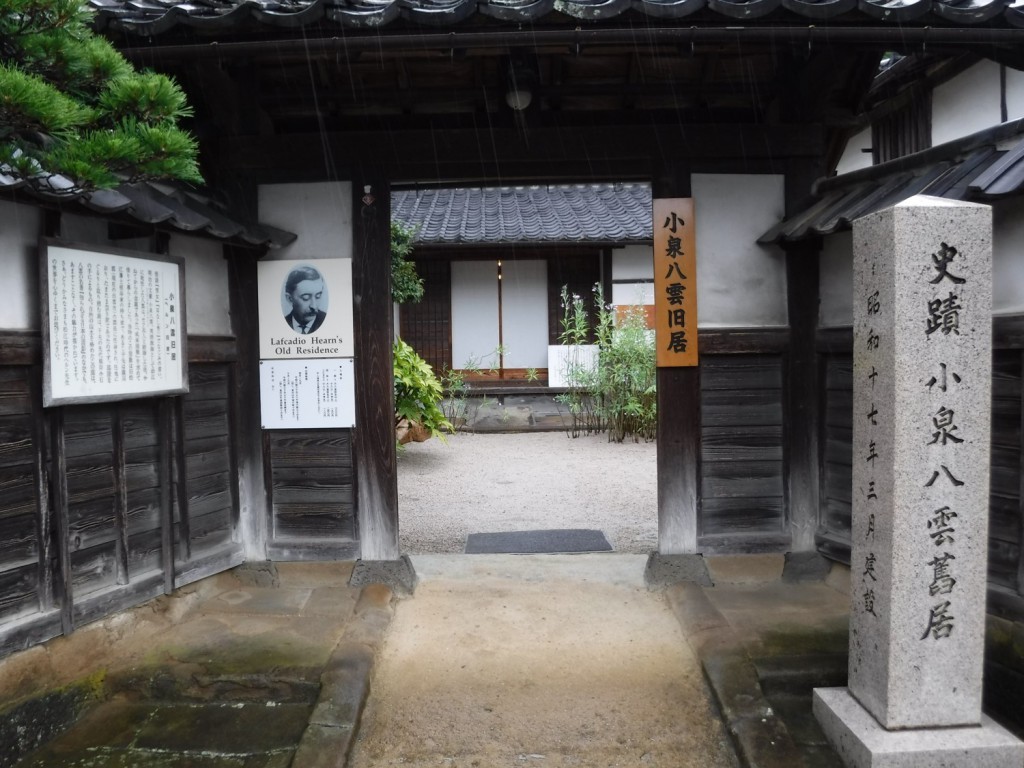
The house is classical one, so-called “Buke-Yashiki”, which means samurai house, built in Edo period.
Surrounding area is also remained as classical style in harmony with the Hearn’s residence. I enjoyed Japanese tea in the classic atmosphere.

Cold extracted tea in front of Hearn’s residence. Unfortunately I could not duplicate his brewing. According to his cook book, he seems to drink hot-brewed Sencha usually.
Respects of Matsue citizens to Hearn creates many items clowned with his name, teas, confections and trains etc.
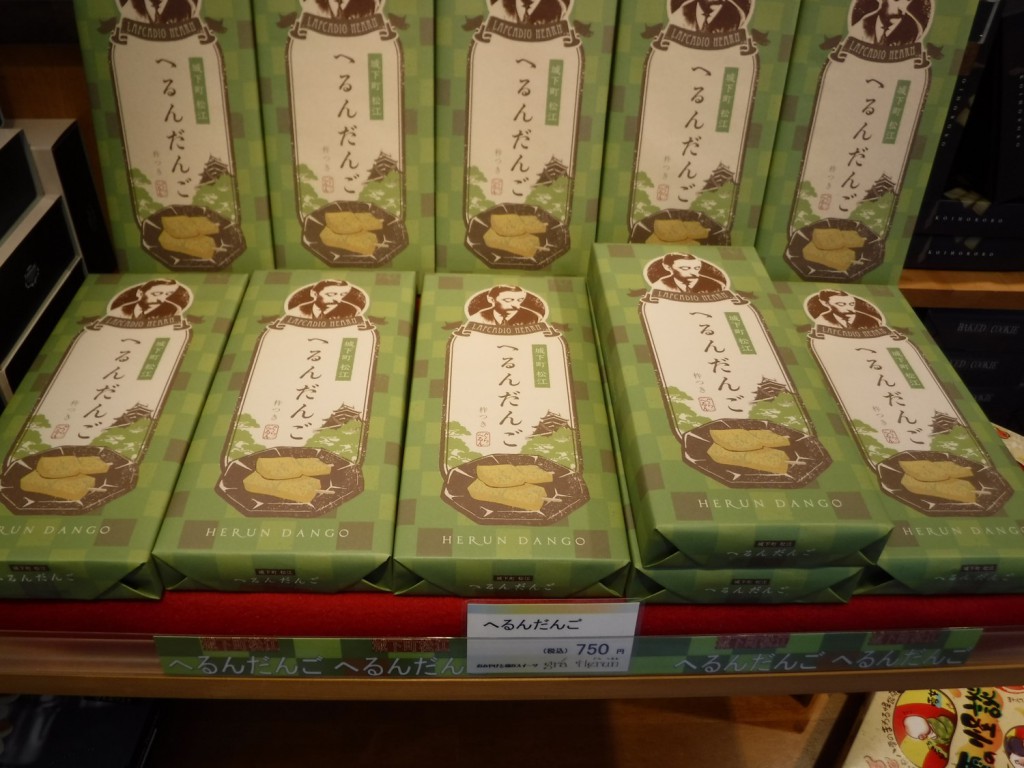
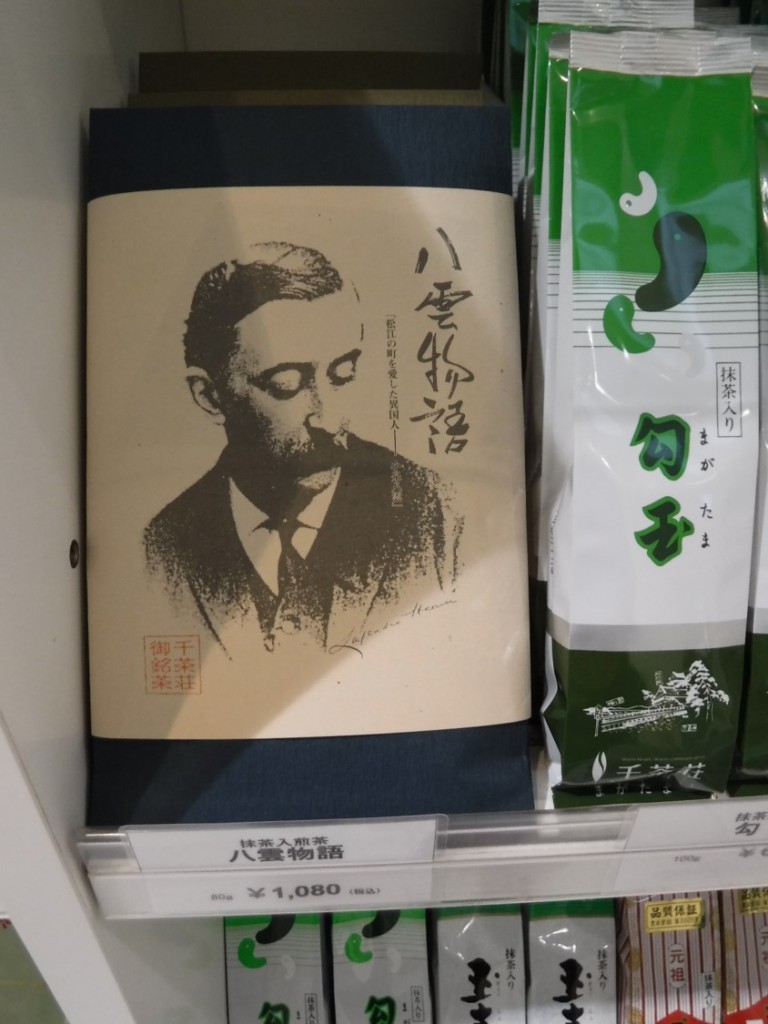
It is recommend to walk around Hearn’s old residence in the classical atmosphere and sometimes have a break with Sencha Japanese tea with enjoying landscapes Hearn loved.
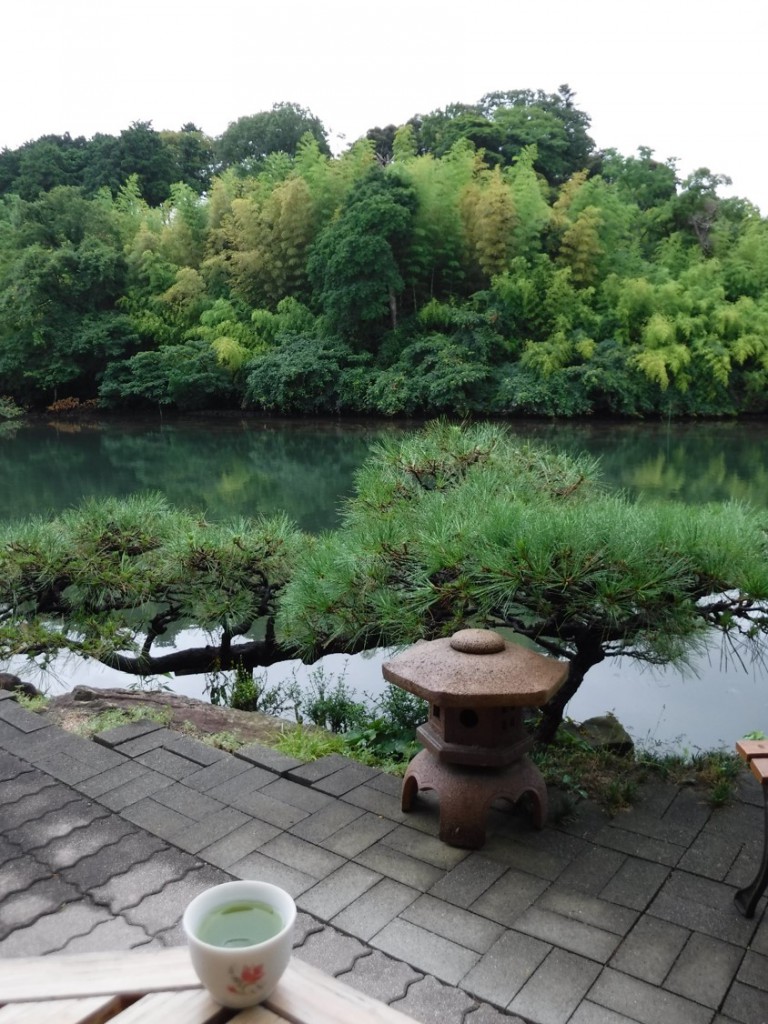
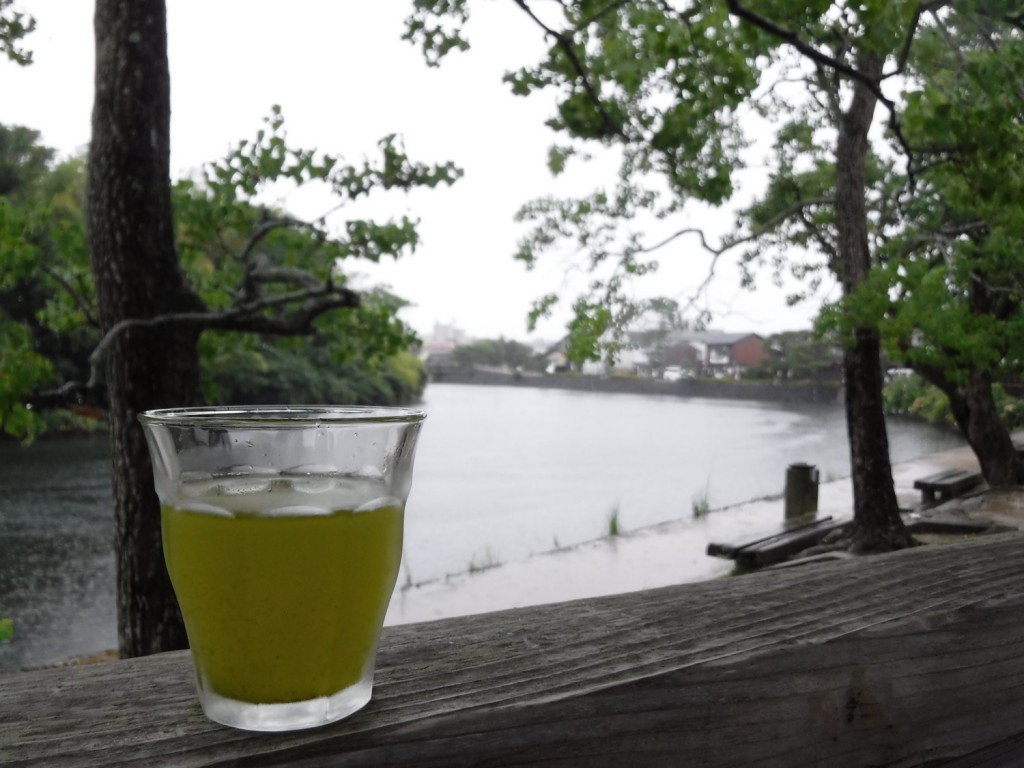
In this time, I visited Shimane prefecture, including Oki islands, due to my great impression on the chapter “the chief city of the province of gods” in Hearn’s book “Glimpses of Unfamiliar Japan.” His feeling hidden in the sentences make me realize the charm of classical life in Japan. As a result, the charm of Matsue attracted me to Shimane, resulting in fantastic meets – wisdom of Load Fumai, popularity of Japanese tea among citizens, landscapes of classical Japan, sacred places and related myths etc.
Hopefully the journey to Shimane will bring fantastic meets for you in the province of Gods.
